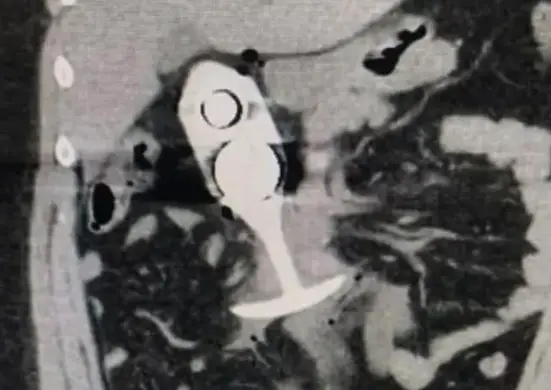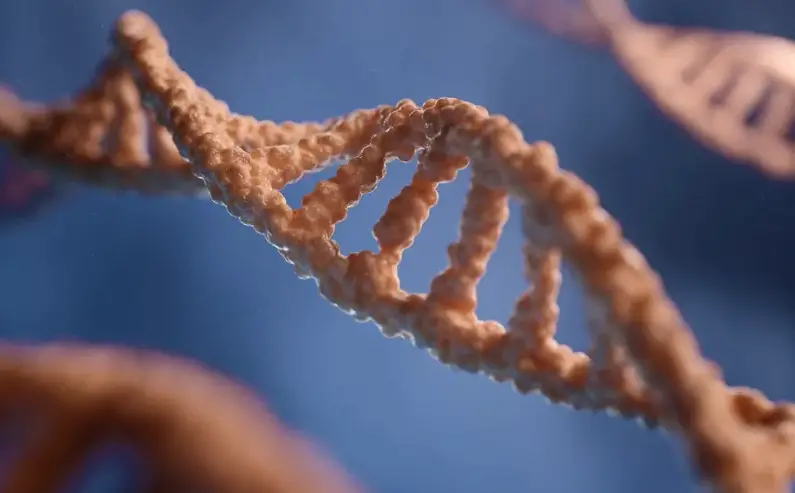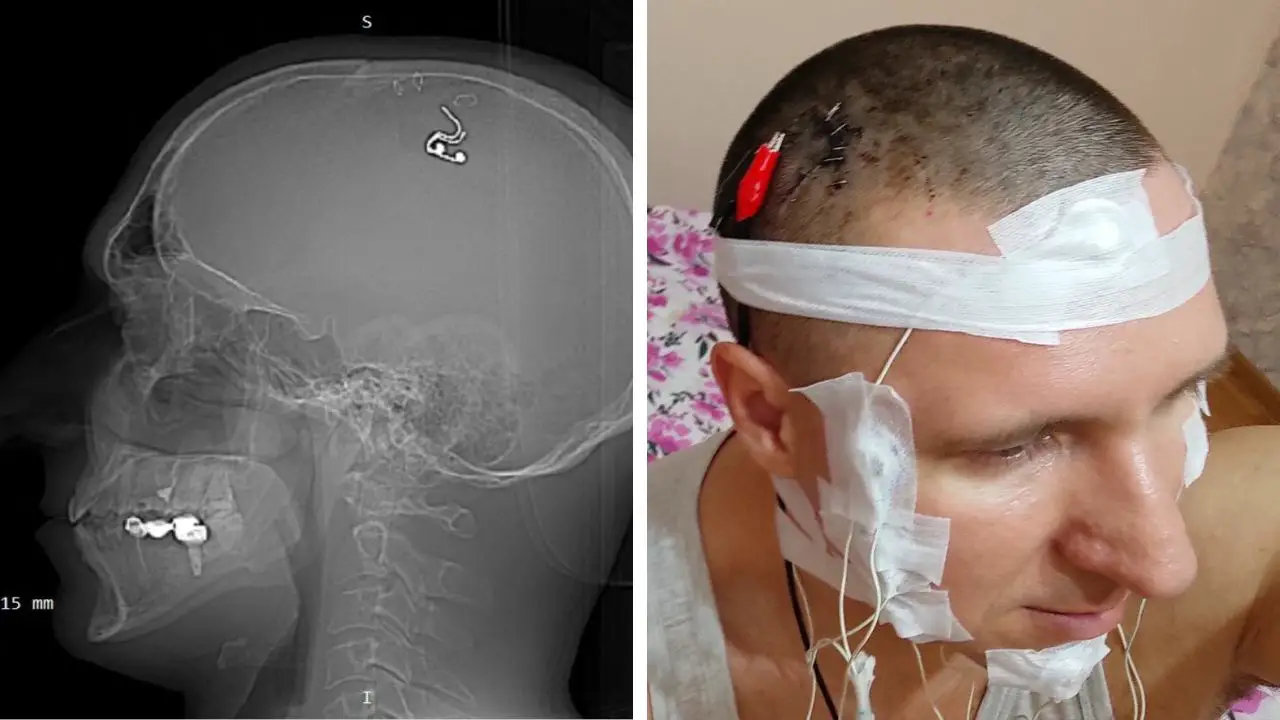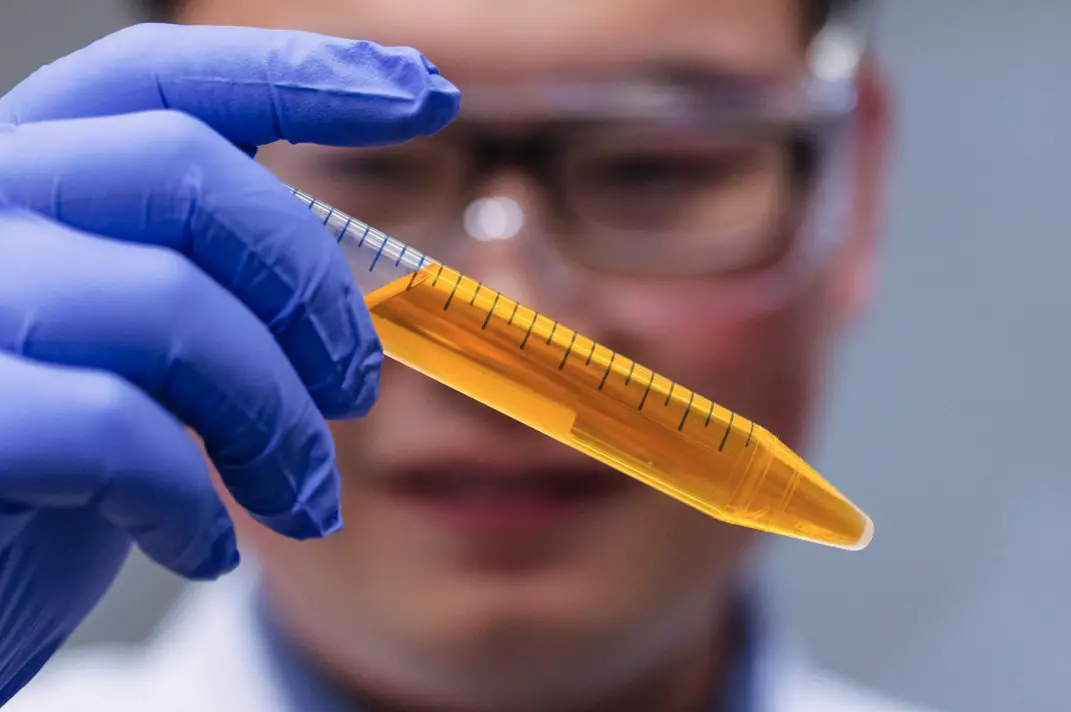Obsidian Scalpels: 100x sharper than steel, FDA bars human use – Rat study reveals 7-day healing edge
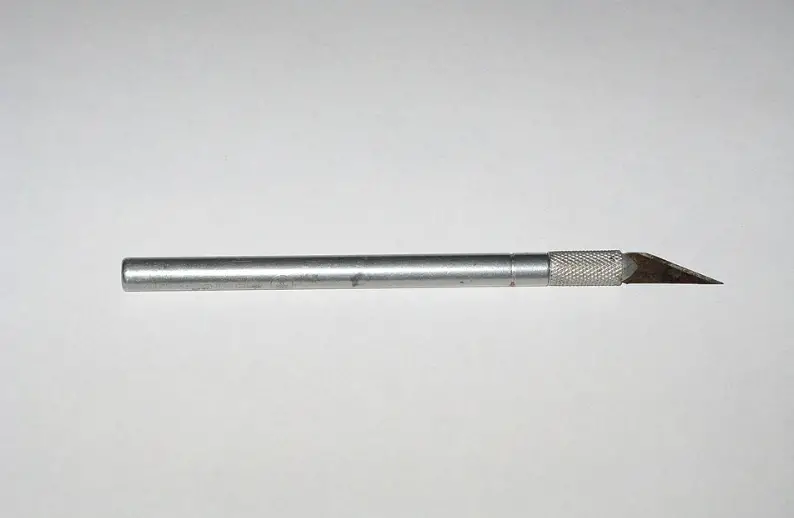
- Obsidian edges reach 3 nanometers, outpacing steel blades at 50-100 nanometers.
- No FDA approval for human surgery, limiting use to labs and research.
- Rat incisions show 30% fewer inflammatory cells at day seven, fading by day 21.
Did you know that a material forged in ancient volcanoes can slice through human tissue with precision rivaling diamonds, yet modern regulations keep it out of most operating rooms?
Obsidian, a volcanic glass formed from rapid lava cooling, has captivated toolmakers for millennia.
Archaeological evidence traces its use back to Neolithic times, when early humans knapped it into blades for hunting and rudimentary medical procedures like trepanation, the drilling of skull holes to relieve pressure from injuries or ailments.
Survival rates from these ancient surgeries hovered around 40-60% in some regions, a figure that underscores the material’s effectiveness even without antiseptics or anesthesia.
Today, this same substance finds renewed interest in cutting-edge medical applications, prompting questions about why it remains sidelined in mainstream surgery.
The secret lies in obsidian’s molecular structure. Unlike metals, which form crystalline lattices, obsidian fractures conchoidally, creating smooth, razor-thin edges without the jagged imperfections seen under electron microscopes in steel surgical blades.
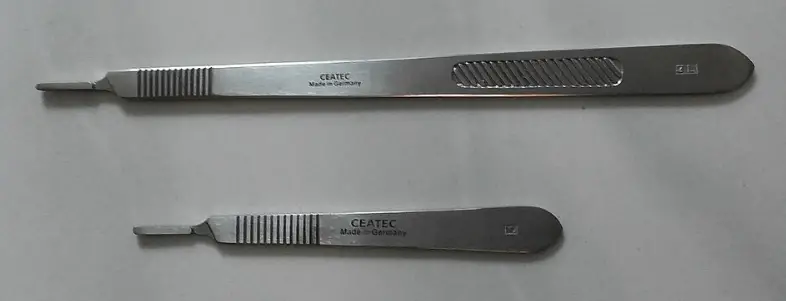
Studies have quantified this advantage: obsidian can be honed to a sharpness of 30 angstroms, or about 3 nanometers, allowing it to sever individual cells with minimal disruption.
In contrast, the finest stainless steel blades, commonly used in procedures like cardiothoracic or ophthalmic surgery, typically measure 50 to 100 nanometers at their edge.
This difference translates to cleaner incisions that reduce tissue trauma, a key factor in accelerating wound healing and minimizing scarring in minimally invasive surgery.
To illustrate these disparities, consider the following comparison of blade properties and their impacts on surgical outcomes:
| Metric | Obsidian Scalpel | Steel Scalpel |
|---|---|---|
| Edge Thickness | 3 nm | 50-100 nm |
| Brittleness Index | High (prone to fracture under lateral force) | Low (durable for repeated use) |
| Inflammatory Response at 7 Days (Rat Model) | 25-35% fewer cells | Baseline |
| Cost per Blade | $90-225 | $1-5 |
| Trace Metal Release | None | Minimal (potential allergen) |
This table highlights not only the superior sharpness but also the trade-offs, such as higher costs and fragility, that influence adoption in medical technology.
Despite these attributes, the U.S. Food and Drug Administration has withheld approval for obsidian scalpels in human procedures.
The primary concern stems from the material’s brittleness; applying sideways pressure can cause shards to break off, potentially embedding in tissue and complicating recovery.
In 1981, early experiments with obsidian in laboratory settings noted this risk, even as surgeons praised its feel during delicate cuts.
Regulatory hurdles also include the lack of large-scale clinical trials, with most data derived from animal models or anecdotal reports.
As a result, obsidian remains confined to specialized niches, like veterinary practices or research labs where trace metals from steel could interfere with experiments.
One pivotal study, conducted on 40 adult male Sprague-Dawley rats, provided concrete insights into obsidian’s healing potential.
Researchers made parallel 8-centimeter dorsal skin incisions on each animal—one with an obsidian blade and the other with a standard no. 15 steel scalpel.
At seven days post-incision, histological analysis revealed fewer inflammatory cells and reduced granulation tissue in the obsidian wounds, with scar widths measuring significantly less—up to 20% narrower.
Tensile strength tests showed no difference between the two at this stage, but the early reduction in inflammation suggested faster initial recovery.
By day 10 and 14, the scar width advantage persisted, with obsidian incisions averaging 0.15 millimeters compared to 0.20 millimeters for steel.
However, this edge diminished over time; by day 21, differences in scar formation and wound strength had equalized, and at 42 days, both types were nearly indistinguishable.
These findings, published in 1993, have fueled ongoing debates about whether short-term benefits justify broader adoption in wound healing protocols.
Beyond rats, limited human applications offer tantalizing glimpses.
In Germany, manufacturers produce obsidian scalpels for cases involving metal allergies, pricing them at around 99 euros each as alternatives to pricier diamond knives.
A Canadian surgeon, Dr. Lee Green from the University of Alberta, has incorporated them into his practice for over a decade, reporting that incisions heal with 50% less scarring in some cases.
In one informal test, he removed a mole from a colleague using obsidian on one half and steel on the other; four weeks later, the obsidian side showed markedly smoother recovery.
Green attributes this to the blade’s ability to cleave tissue without tearing, reducing the inflammatory response that drives scar tissue formation.
Historical parallels add layers to this narrative. Ancient Maya civilizations employed obsidian for surgical tools, achieving edges so fine that modern replicas still outperform steel in certain metrics.
Survival rates from their cranial surgeries reached 80-90%, aided by herbal antiseptics and natural painkillers.
Similarly, Incan practitioners used it for precise bone work, with healed skulls indicating successful outcomes.
These precedents raise intriguing possibilities: could integrating ancient techniques with contemporary medical innovations unlock new frontiers in surgical blades?

In research settings, obsidian’s purity shines. It releases no trace metals, making it ideal for sensitive biological studies where contamination could skew results.
For instance, in ophthalmic research, where precision is paramount, obsidian has enabled cuts that minimize cellular damage, potentially improving outcomes in corneal transplants.
One manufacturer notes that these blades serve as cost-effective substitutes for diamond tools, which can exceed 700 euros apiece.
Yet, the fragility issue persists; even protected handles fail to prevent breakage during sterilization or transport in some cases.
Emerging comparisons with other advanced tools, like ultrasonic scalpels or CO2 lasers, further complicate the picture.
A 2003 guinea pig study on oral mucosa wounds found that steel incisions healed faster than those from electrosurgery but slower than laser cuts in terms of re-epithelialization rates, with inflammation peaking at 48 hours across methods.
Obsidian, absent from that trial, might bridge these gaps by combining mechanical precision with reduced thermal damage.
Recent discussions among surgeons highlight its potential in neurosurgery, where avoiding tissue charring is critical.
As material science evolves, hybrid approaches loom on the horizon.
Coatings inspired by obsidian’s smoothness are being tested on steel blades to enhance durability while mimicking volcanic glass properties.
With global surgical procedures topping 300 million annually, the quest for better wound healing drives innovation—what undiscovered benefits might obsidian hold if barriers fall?










